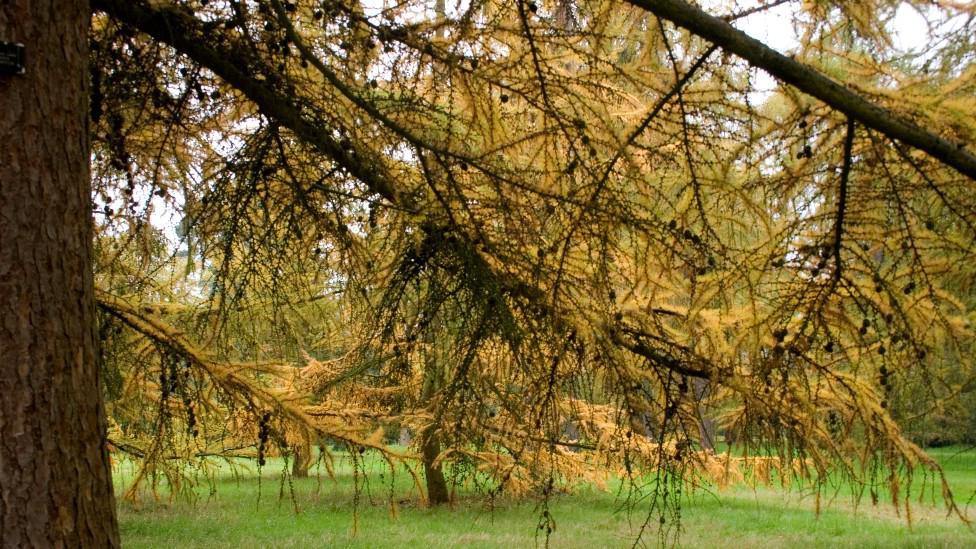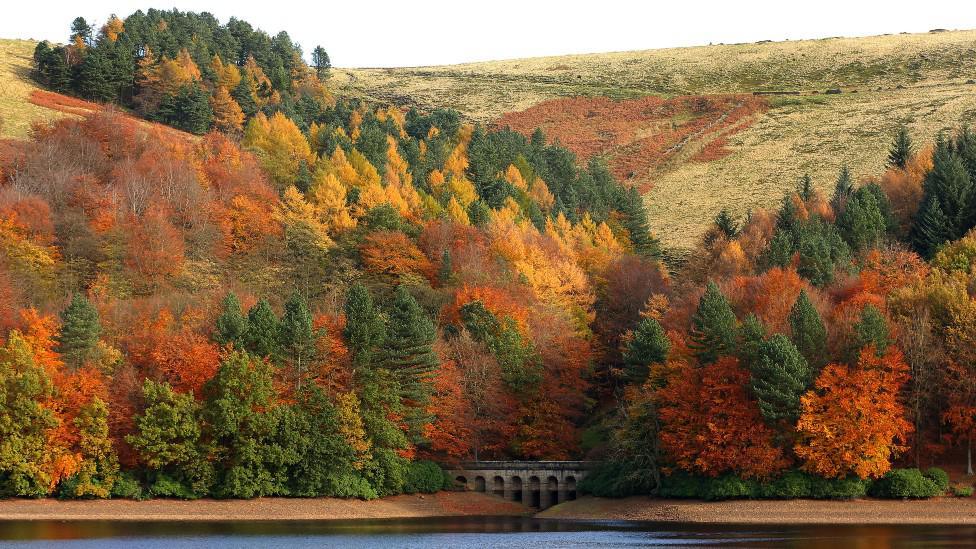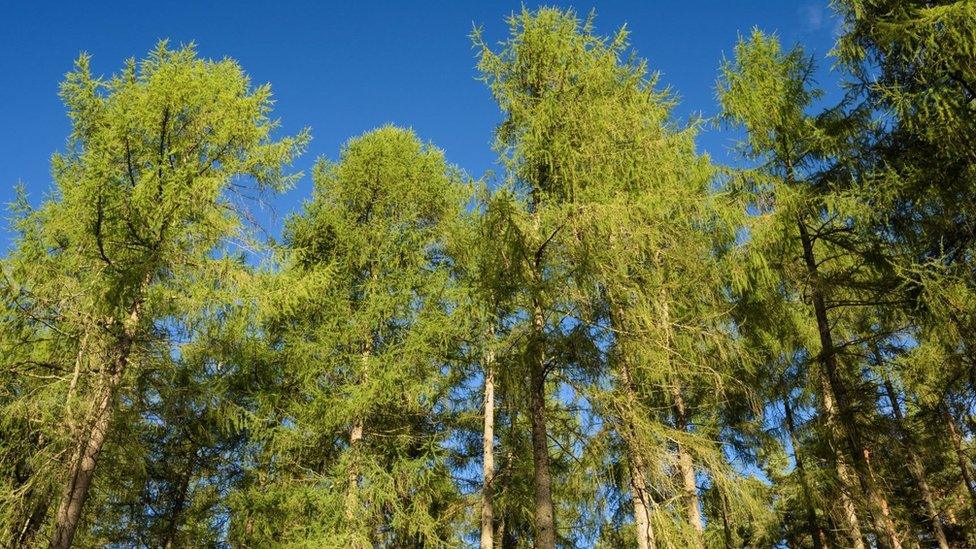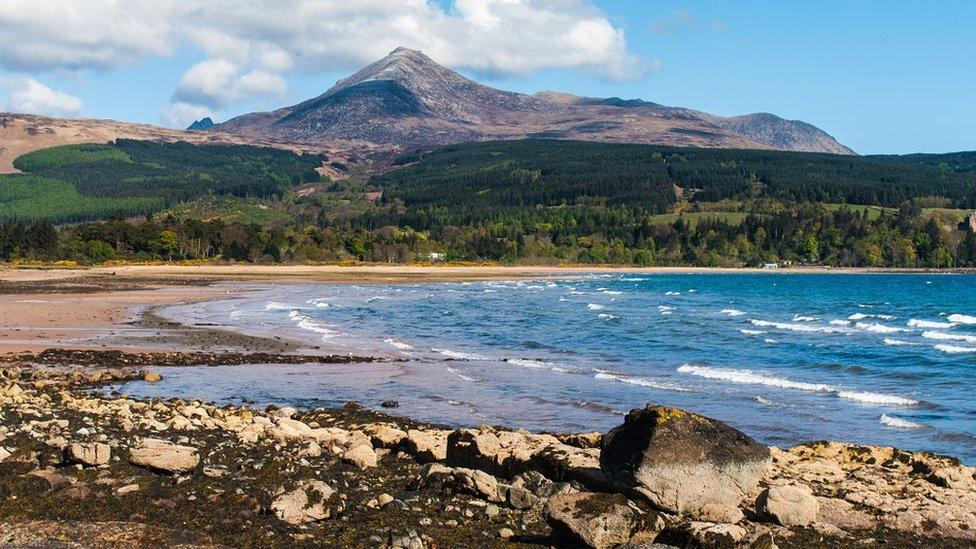Visitor route to close for diseased tree felling

The work to remove the infectious trees is expected to take about three months
- Published
A cycling and walking route that runs around two Peak District reservoirs will temporarily close for the felling of diseased trees.
The Peak District National Park Authority confirmed there would be access restrictions to the western side of the Derwent and Howden reservoirs from 12 September.
This, it said, was to allow the landowner - Severn Trent - to undertake legally-required work to tackle larch disease in the area.
The work is expected to last for about three months.
The Woodland Trust said Phytophthora ramorum - also known as larch disease - was a fungal-like organism that causes the death of a wide range of trees and shrubs.
It affects trees including English oak, sessile oak, sweet chestnut, larch, beech, sycamore, horse chestnut, cherry, ash and birch.
Symptoms, it said, include areas of black "bleeding" on the trunk, and withered and blackened leaves or needles - leading to dieback of the outer branches.

Diseased trees on the western side of the Derwent and Howden reservoirs will be felled
Severn Trent said the work would be undertaken through a Statutory Plant Health Notice, a legal directive from the Forestry Commission to remove infectious trees.
The water company said the diseased trees that needed felling were on the western side of the reservoirs.
While the work is under way, the full circular walking and cycling route around both reservoirs will be unavailable.
Dan Taberner, from Severn Trent, said: "We know that this is a popular route, and we would like to apologise in advance for any inconvenience caused."
Once the diseased trees have been removed, a mix of native and forestry stock trees will be planted.
The Peak District National Park Authority said these would be more resilient to disease.
Related topics
- Published15 July 2022

- Published29 May 2019

- Published17 November 2020
